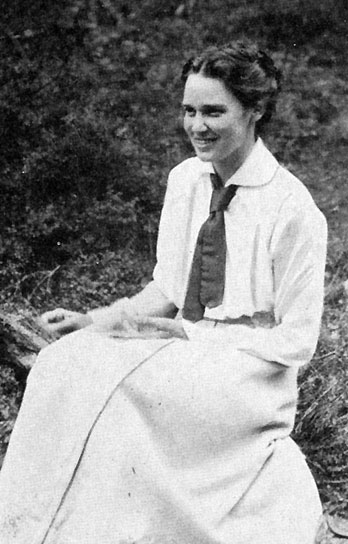 Harriet Augusta
Dorotea Löwenhjelm (February 18, 1887 – May 24, 1918) was a Swedish painter and lyricist.
Harriet Augusta
Dorotea Löwenhjelm (February 18, 1887 – May 24, 1918) was a Swedish painter and lyricist. Queer Places:
Romanäs Sanatorium, Romanäs Romanö 1, 573 91 Tranås, Sweden
 Harriet Augusta
Dorotea Löwenhjelm (February 18, 1887 – May 24, 1918) was a Swedish painter and lyricist.
Harriet Augusta
Dorotea Löwenhjelm (February 18, 1887 – May 24, 1918) was a Swedish painter and lyricist.
Löwenhjelm was the daughter of gustaf Adolf Löwenhjelm (1842–1929) and Margareta Dickson (1853–1927). She had four siblings, of whom her older brother Carl Löwenhjelm (1881–1967) was a doctor and the younger, Crispin Löwenhjelm (1892–1983), was chamberlain and officer.
Löwenhjelm studied at Anna Sandström's senior teacher seminary (with her best friend Honorine Hermelin), Kerstin Cardon's drawing school, the Academy of Fine Arts (1909-1911) and with the former director of Valand's Art School Professor Carl Wilhelmson. She regarded herself primarily as an artist. Löwenhjelm is represented at the Nationalmuseum[1] in Stockholm, Uppsala University Library[2], Gothenburg Art Museum[3], Norrköping Art Museum and Malmö Art Museum.
Some of Löwenhjelm's more famous poems are Hunting for a Bird, Tag Me. Hold me. Caress me slowly and Beatrice-Aurore,which has been set to music by Hjalmar Casserman. Löwenhjelm's earlier poems are characterized by wit and irony and were initially complementary to her drawings. However, at a young age she contracted tuberculosis and spent her final years in various sanatoriums. Her later poetry thus took on a more serious tone and is filled with death consciousness and has an in-depth religious dimension. [4] Löwenhjelm's poems were published posthumously in 1919. (Holmberg, 1973) In the National Portrait Collection at Gripsholm Castle there is a portrait of her by Dick Beer in 1910. Her friend Elsa Björkman-Goldschmidt is Löwenhjelm's number one biographer. She introduced Löwenhjelm's poems and images in 1920s literary Sweden. She also published the biography Harriet Löwenhjelm (1947) and Löwenhjelm's letters in the volume Letters and Poems (1952). [5]
Harriet Löwenhjelm died of tuberculosis, at the sanatorium Romanäs where she was cared for, in May 1918.
My published books: